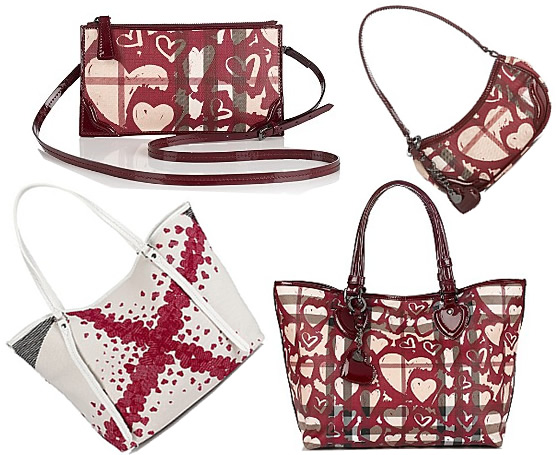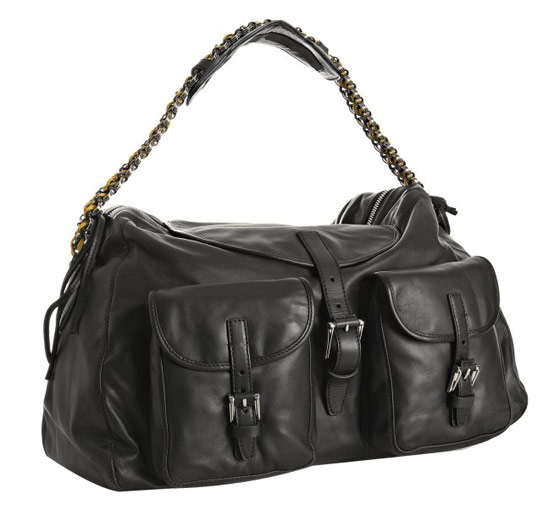Oct
24
The final article in this mini-series assumes the reader has familiarity with photographic technique and terminology,rolex daytona replica, as well as the right equipment. The entry point here is a camera with a dedicated macro lens: DSLRs and ILCs (Micro 4/3s, Sony NEX etc).
All images can be clicked for larger versions.
I will start by saying one thing: by and large, what camera or lens you use does not really matter, beyond the lens focal length and maximum magnification. Why? Because you will be shooting under conditions where you can almost always extract maximum image quality from the camera, which has been sufficient for the most demanding applications for some time now. Either you will be using a sturdy tripod or flash, in either case, always shooting at base ISO and with good optics. Most macro lenses are extremely good, even the third party ones; it is not difficult to make a slow-ish aperture normal or short telephoto with high resolution.
That said, I have been shooting Nikon for my watch photography work since 2004; not because of the cameras or lenses (both excellent), but because it had the best flash system; most accurate metering and the ability to remotely control multiple flashes using the built in unit on the camera. As I said earlier: lighting control is critical. All of the Micro-Nikkors are excellent; I currently use the AFS 60/2.8 G because it has the lowest lateral and longitudinal chromatic aberration of the current bunch, and enables maximum magnification with the minimum number of extension tubes. I use a D700 most of the time, or a D5100 if I need additional magnification (1:1 magnification means a 24x36mm subject on the D700, or a 18x24mm subject on the D5100.)
DIY diffuser, made from mount board and tracing paper. Cut a hole in the bottom for a tripod mount.
Let’s talk about lighting. I use a self-built diffuser box with movable panels; it allows me to control very precisely the amount of light and specular highlights seen on the subject inside it. It’s not that big, but big enough to photograph a whole watch without seeing the edges of the diffuser in the frame.
View from behind the camera.
I also use multiple flashes, controlled by the pop-up unit built into the camera as mentioned earlier. One flash will give strong, directional lighting; it’s nice but sometimes variety is good, and fill is required. It may not be enough if you have to stop down to extreme apertures to get sufficient depth of field, though. Especially if using diffusers. Two flashes are generally enough for all situations; one primary light and one to provide fill, or light your background. Three flashes is overkill unless you want very flat, even lighting; this generally lands up being boring because everything is too evenly lit.
This is pretty close to my current setup,factory direct purses, minus the tripod
Experiment with where you put the flashes, and how you angle the watch; Blu-Tack or plasticine is your friend here. It’s also very useful for removing stubborn dust specks; I will typically spend up to fifteen minutes cleaning and dusting a watch prior to shooting. It’s much easier than having to retouch it after the shot.
There’s a catch: some things you just don’t retouch, like this vintage Fifty Fathoms.
I don’t use a tripod. I find it restricts the spontaneity of my compositions. If I need precise positioning for high magnification work – with extension tubes, for instance – I will brace my hand against the table. How do I avoid camera shake? Simple – the flashes do the work for me. Set your camera to the maximum sync speed – usually 1/180, 1/200 or 1/250s – and light from the flash will be nearly 100% of the light captured by the camera, especially if you are shooting indoors with the lens stopped down. The actual duration of the flash pulse is even shorter; don’t worry about motion blur.
Extension tubes give you serious magnification. Patek 5055
This isn’t a crop – the full frame shows every single perfect (or imperfect) detail. Lange 1815
Two special pieces of equipment I want to mention are extension tubes and tilt-shift lenses. Extension tubes are basically spacers that sit between the lens and camera and allow you more magnification; (you lose infinity focus, but you weren’t using that anyway). They usually have electronic contacts for the camera to communicate with the lens. You will have to switch to manual focus and set magnification on the lens, then move the camera. Depth of field decreases dramatically as magnification increases; even with relatively short focal length lenses like the 60mm, the best autofocus systems simply can’t cope.
Note interesting depth of field plane: Girard-Perregaux Tourbillon Sous Trois Ponts d’Or, Nikon D2Hs with a PC 85/2.8 tilt-shift macro. Phew, that was a mouthful.
Tilt-shift lenses allow you to use an optical trick known as the Scheimpflug Principle to get more depth of field for a given aperture; effectively you are tilting your plane of focus parallel with your subject plane so that more of your subject is in focus. It can be an effective way of increasing your depth of field, but requires some practice to use effectively. Unfortunately, magnification on these lenses is typically restricted to 1:2 or less, limiting high magnification use (ironically where they would be most useful) due to the unwieldy number of extension tubes required to achieve sufficient magnification.
Art or too much Photoshop? AP Royal Oak Jumbo
I’d like to conclude by talking about postprocessing. Photoshop used to be a dirty word amongst photographers, with the implications of changing the content and removing or adding things from the frame. Whilst you can use it for that, a better way to think of it is your digital darkroom. The curves tool is especially handy for controlling contrast. Used together with the masking tools, you can very effectively control the contrast across the different parts of your image; for instance, you might want more contrast in the movement, but not in the case or background; you can just mask off the movement and work on the different portions separately. Likewise, it’s important to shoot RAW to get full control over your exposure and color balance; I frequently tweak the color channels of my image using the Hue/Saturation tool once I’m happy with the contrast. Finally, you can deal with the inevitable dust: some photographers may not care, others – like myself, a holdover from my commercial photography days – are militant about every last speck. The healing brush and clone tools are your friend here; but the better a job you do with cleaning the real object, the less you have to deal with afterwards. Pay particular attention to any fingerprints – they are almost impossible to remove digitally.
No trickery here, just reflections. Glycine Incusore Blackjack
You’ll notice I haven’t mentioned film here anywhere. It is still a viable alternative for watch photography, but the main problem is that it is very difficult to visualize the output and make the appropriate adjustments; most metering systems will require tweaking to cope with complex situations like multiple off camera flash + diffusers + little working distance between camera and lens. That said, I have shot commercial grade watch work on a Nikon F2, calculating guide numbers manually and using flash stacking to replicate the effect of multiple flashes.
Surprise!
Try and introduce an element of surprise into your shot: it gives the viewer something different and memorable. It might take a few tries to get it right, but that’s the beauty of experimentation – you never know what you might get out of it. Lastly, have fun. Unless it’s work, if you’re not having fun, perhaps you’re taking it too seriously and it’s time for a break. MT
Oris Chronoris

